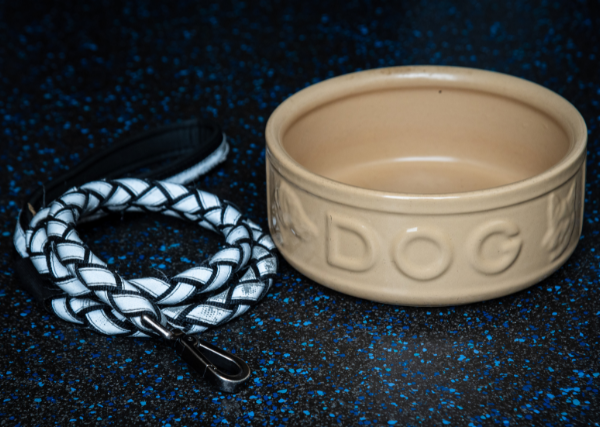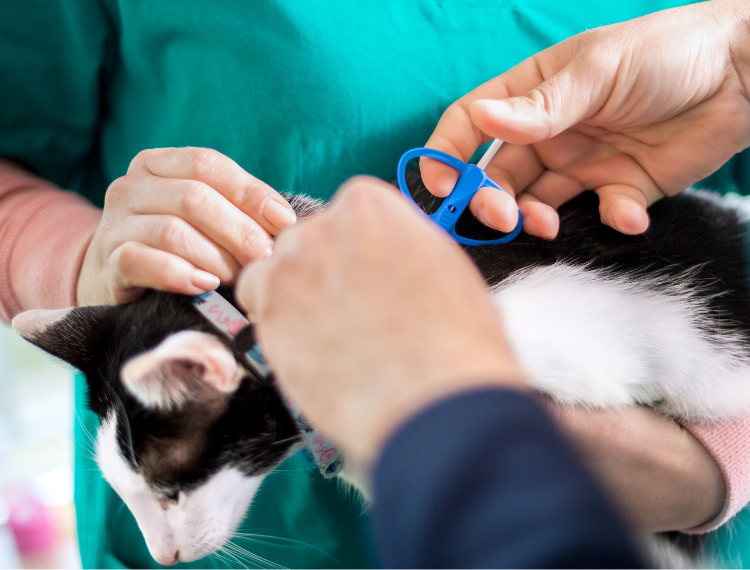
Microchipping
Should they become lost or stolen, a microchip inserted by an authorised veterinarian makes it easier for your pet to be returned to you. You must keep your details up to date! If you move house or change your phone number, update them on the register right away. When getting a pet, you need to update the microchip to show that you are the owner.
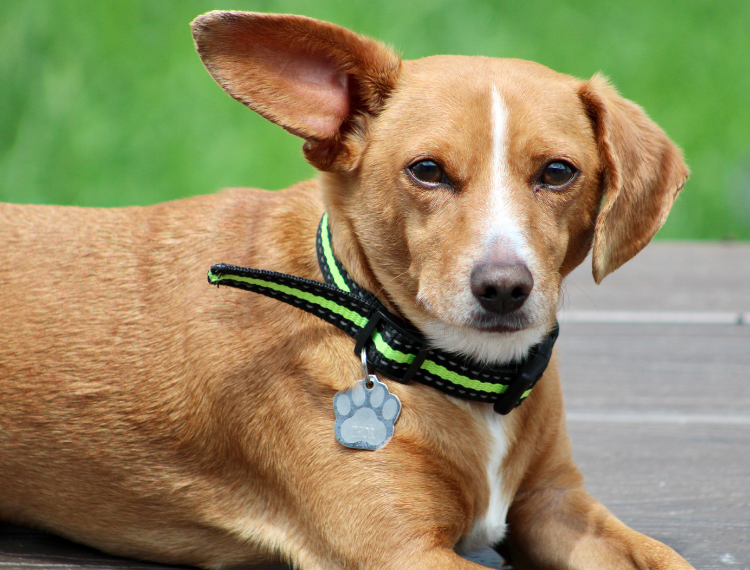
Collar ID tags
All pets should have an ID tag with your name and phone number on their collar. Avoid writing your pet’s name on them, as this can help thieves gain their trust.
Opt for quick-release collars for your cat – these automatically open with enough force if your cat gets stuck somewhere, preventing injury.
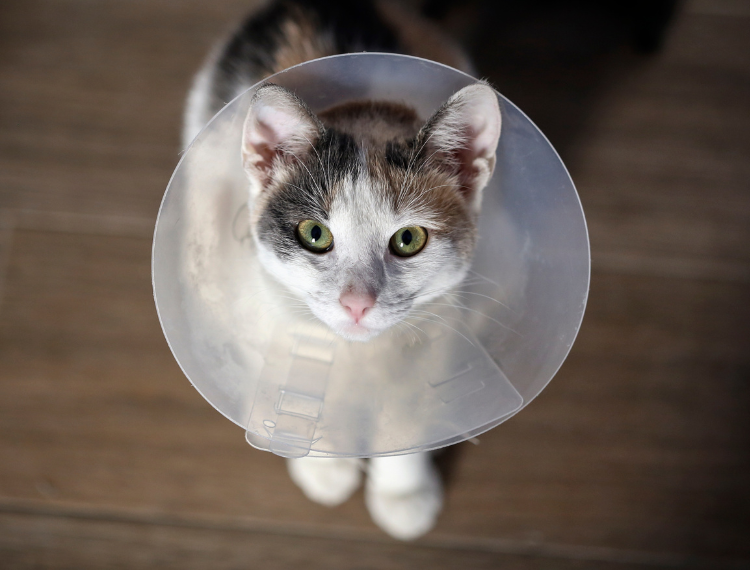
Desexing your pet
Stolen pets are often sold to breeders, especially if they’re pedigree. By spaying or neutering your pet, you are disincentivizing this. Adding this information on their tags may make thieves think twice before stealing.
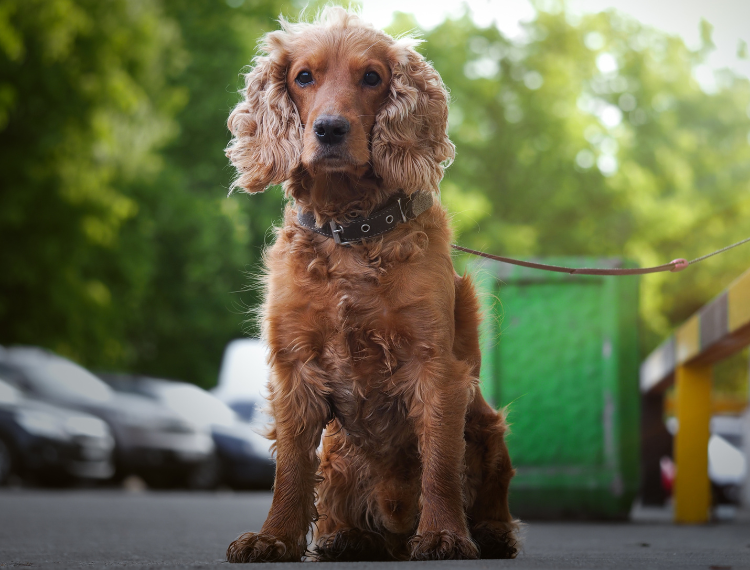
Supervision is key
Don’t tie pets up outside a store, and don’t leave them in the car, even if you’re only gone a few minutes. If your pet is in the garden or other exterior space, keep an eye out. Lock any gates, and add alarms so that you can tell if they’ve been opened. Security cameras can also help to dissuade thieves.
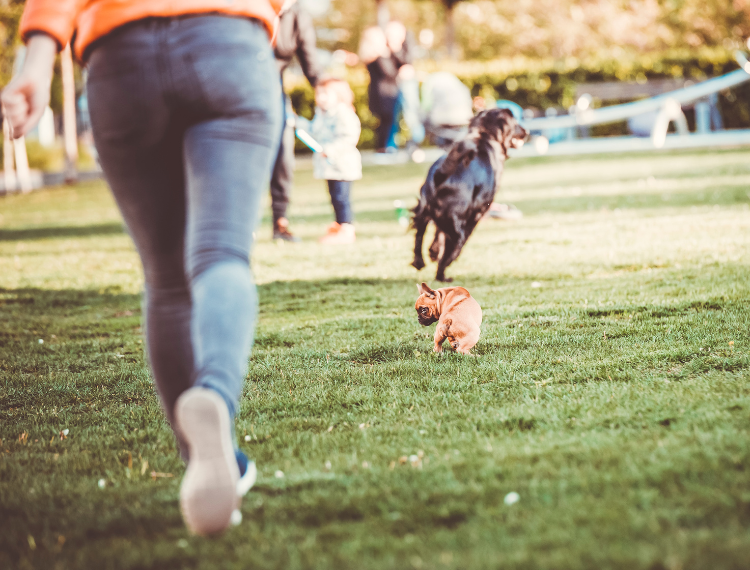
Practice recall
Ensure your pet is trained to return when called. For dogs going on walks, keep them on a lead – especially when visiting new places.
Always keep cats home overnight.

Watch what you share
Thieves often target high-value pets, staying close by while waiting for their opportunity. Don’t share your location on social media, try to take different routes while walking your pet, and be wary of any strangers who ask a lot of pet-related questions.
– Article by Vetstoria –

